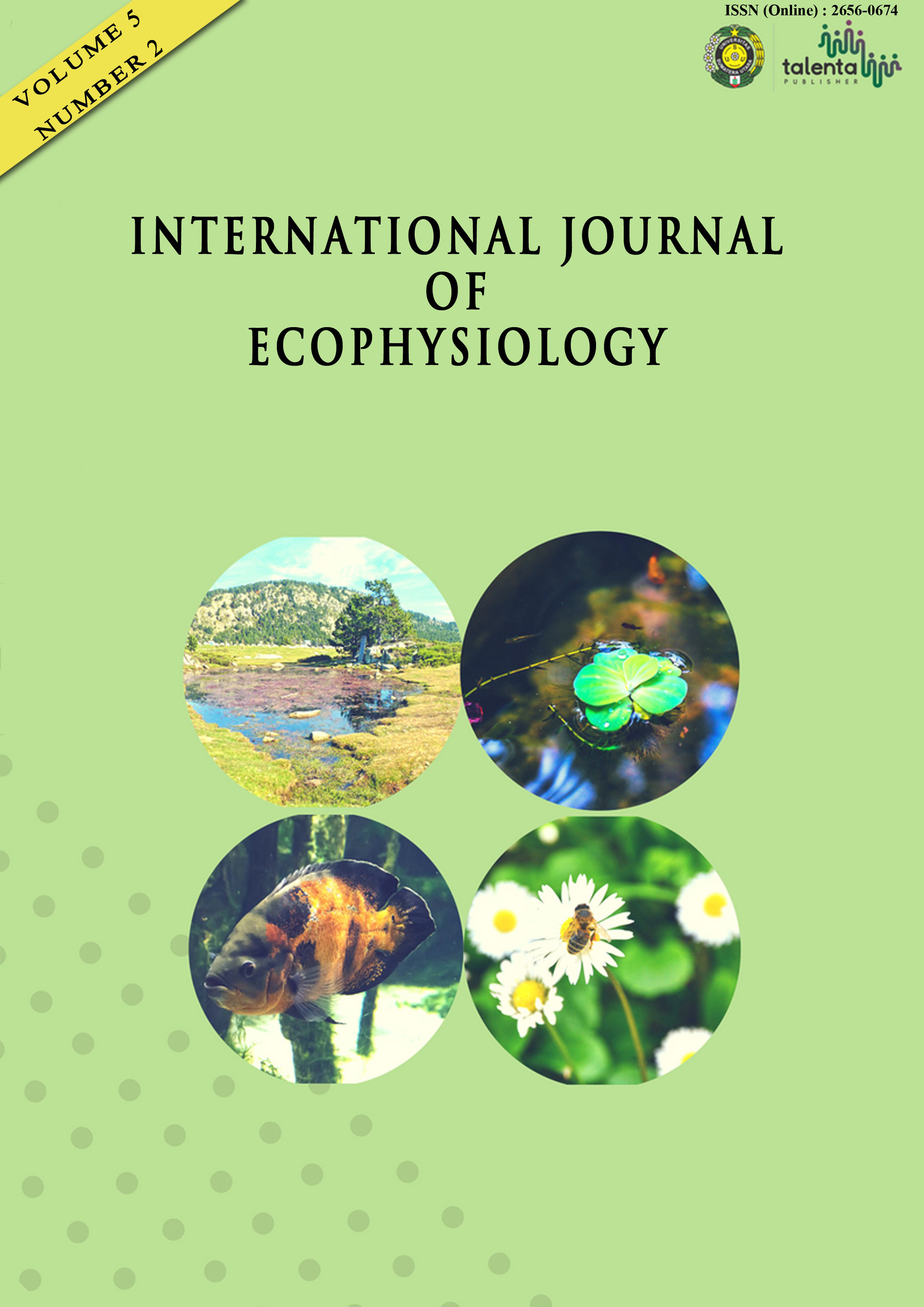Preparation of Kemuning (Murraya paniculata (L.) Jack) Leaf Extract Microencapsulation by Ionic Gelation Method As An Antibacterial
DOI:
https://doi.org/10.32734/ijoep.v5i2.13459Abstract
Extracts from the leaves of the kemuning plant have bioactive compounds that have potential as antibacterial. However, there are some difficulties when using bioactive compounds such as instability, reactivity and having a strong odor. To overcome this problem, it is important to carry out the treatment, namely, the microencapsulation technique. Microencapsulation is a technique for coating the active ingredient with a polymer that can protect the active component thereby increasing the bioavailability of the active compound to be covered by the coating material. The polymer materials used as coating materials in this study were chitosan and STTP using the ionic gelation method. The characteristics measured included the phytochemical test, PSA test, antibacterial, FTIR, and SEM. Phytochemical test results showed the presence of alkaloids, flavonoids, PSA test showed micro-sized encapsulation, antibacterial indicated the presence of a strong inhibitory zone which had potential as antibacterial, FTIR indicated the presence of OH, C=O, NH groups.
Keywords: Microencapsulation, Antibacterial, Kemuning Leaf Extract, Ionic Gelation.














